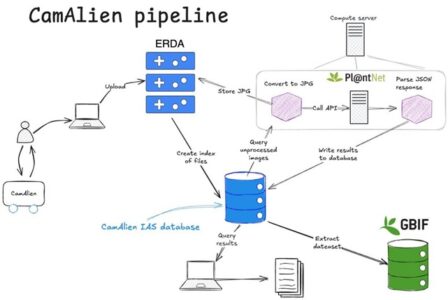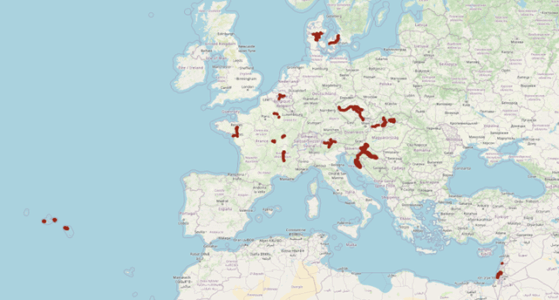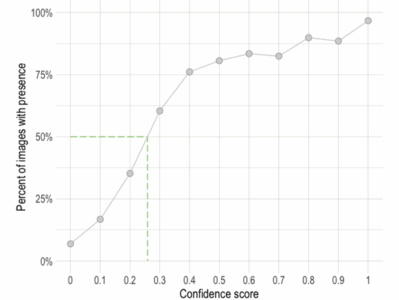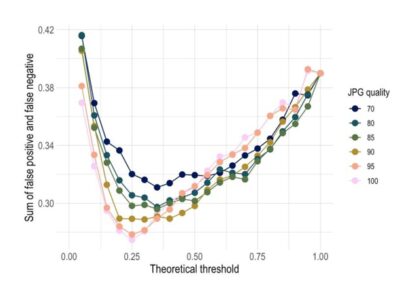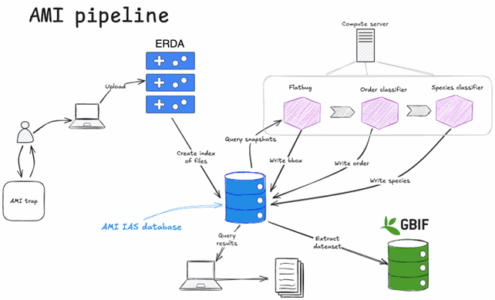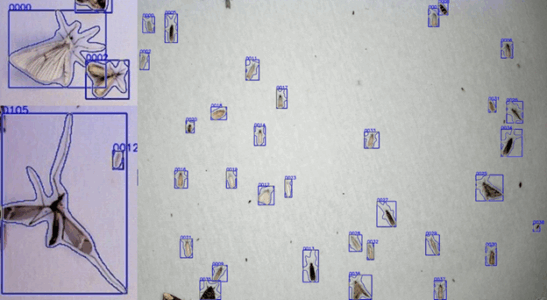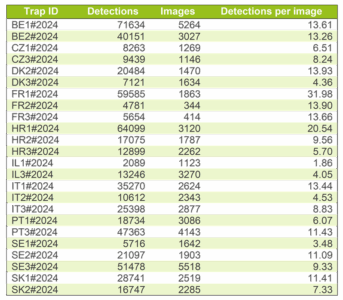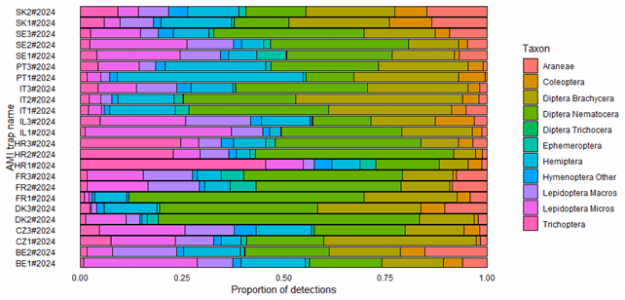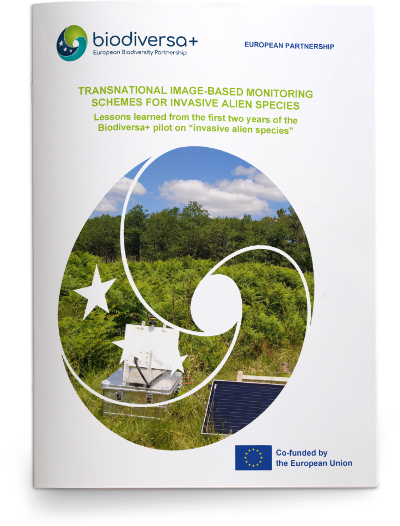“Transnational image-based monitoring schemes for invasive alien species: Lessons learned from the first two years of the Biodiversa+ pilot on invasive alien species”
Published: April 2025 | DOI: 10.5281/zenodo.15281574
Invasive Alien Species (IAS) are one of the leading drivers of biodiversity loss in Europe. Effective monitoring is essential for early detection, rapid response, and long-term management. Recognising the need for harmonised, large-scale approaches, Biodiversa+ launched a pilot in January 2023 focused on “Monitoring IAS with image-based methods.” Originally planned for one year, the pilot was extended through 2024 and will now run through 2027. This report summarises the insights from the first two years of the project.
The aim is to test practical, scalable tools that can help countries monitor IAS more consistently. The project focuses on two groups—invasive plants and insects—and uses camera technology, deep learning, and shared protocols to try and make monitoring easier, faster, and more aligned across Europe.
Module 1: Monitoring invasive plants with CamAlien
The first part of the project focuses on roadsides, which are major pathways for the spread of invasive plants. The CamAlien system—essentially a camera mounted on a moving car—takes continuous photos while driving, even at highway speeds. Images are anonymised for GDPR compliance and analysis is powered by the Pl@ntNet API, which returns species confidence scores.
In 2024, a software update introduced adaptive recording based on speed, while a human observer can now tag plant sightings on the go, helping to build a better training set for the image recognition models. Expert review of images with low confidence scores was also intensified to better establish reliable detection thresholds.
Additional tests looked at how JPG compression affects classification accuracy, and explored using the system on trains and along rivers and canals, highlighting challenges such as speed, GPS dropouts, and reflections.
Module 2: Monitoring invasive insects with AMI Traps
The second part of the pilot focuses on invasive moths. Special traps fitted with cameras and UV lights were set up in areas like botanical gardens, ports, nurseries, and city parks. These AMI traps run automatically at night and take photos of the insects they attract. Images go through a three-step AI analysis to find insects in the photo, identify their broader group, and then narrow it down to species.
In 2024, more traps were used, and they collected a lot more data—despite a few technical hiccups. A new algorithm called “Flatbug” was introduced to improve how insects are located in the images, and the identification models were adjusted for different European regions.
One of the highlights: the traps successfully picked up Box Tree Moth (Cydalima perspectalis) in 15 out of 24 locations, with very few false positives.
Data management
All image data is stored in the Electronic Research Data Archive (ERDA) at Aarhus University and will be publicly accessible, aligning with FAIR principles. The pilot collaborates with GBIF and the European Alien Species Information Network (EASIN) to publish image-based records.
One of the strengths of the system is that it centralises the data processing, which makes it easier for more countries to take part, potentially accelerating the path from data to decision-making. There’s still a lag between collecting data and having results ready to use. In the future, the team wants to test running AI models directly on the cameras to cut down that delay. They’re also looking into combining this with drone surveys and expanding to other types of invasive species.
Looking ahead
With the extension through 2027, the pilot now has time to move from trial to long-term use. Upcoming work will include refining protocols, estimating long-term costs, improving infrastructure, and developing better visualisation tools. A key goal is reducing the lag between observation and actionable insight, potentially through real-time publishing to platforms like GBIF and EASIN.
Capacity building and knowledge transfer are also priorities. The pilot will continue engaging with national networks, EU initiatives (such as the future EBOCC), and international partners (including Pl@ntNet, EASIN, InsectAI, MAMBO, OneSTOP, and BMD) to ensure long-term integration and impact.
